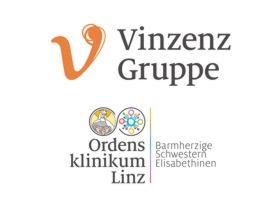Analysis of Culture Positive First and Second Stage Procedures in Periprosthetic Knee and Hip Joint InfectionsTools Frank, Bernhard J.H. und Aichmair, Alexander und Simon, Sebastian und Schwarz, Gilbert M. und Dominkus, Martin und Hofstaetter, Jochen (2021) Analysis of Culture Positive First and Second Stage Procedures in Periprosthetic Knee and Hip Joint Infections. The Journal of Arthroplasty. Für diesen Eintrag wurde kein Volltext-Dokument angefügt.KurzfassungBackground: A positive microbiological result at reimplantation may lead to a failed 2-stage revision
arthroplasty in the treatment of periprosthetic joint infections. Little is known about changes in
microbiological spectrum and resistance pattern between culture positive first and second stage procedures
in revision knee and hip arthroplasty.
Methods: Between January 2011 and December 2019, we performed 327 two-stage revision arthroplasties
on 312 patients. There were 37 of 312 (11.9%) patients (20 hips/17 knees) who had a positive
microbiological culture during the first and second stage procedure. We analyzed the microbiological
spectrum, antimicrobial resistance pattern, and clinical outcome of culture positive first and second stage
procedures as well as subsequent re-revisions.
Results: Re-revision was necessary in 40.5% (15/37) of patients with culture positive first and second
stage procedure at a median follow-up of 3.5 years.We found microbiological changes in 83.8% (31/37) of
patients between the first and second stage and in 88.9% (8/9) between the second stage and subsequent
culture positive re-revision. Polymicrobial infections were found in 21.6% (8/37) of first and in 16.2% (6/
37) of second stage procedures. In 27% (10/37) of patients, microorganisms persisted between the first
and second stage procedure. The antimicrobial resistance pattern changed in 60% of persistent microorganisms
between the first and second stage procedure.
Conclusion: Changes in microbiological spectrum and resistance pattern are common between culture
positive first and second stage procedures as well as subsequent re-revisions. This has to be considered in
the antimicrobial treatment of periprosthetic joint infections.
|
||||||||||||||
|
|
|
|


 Tools
Tools Tools
Tools